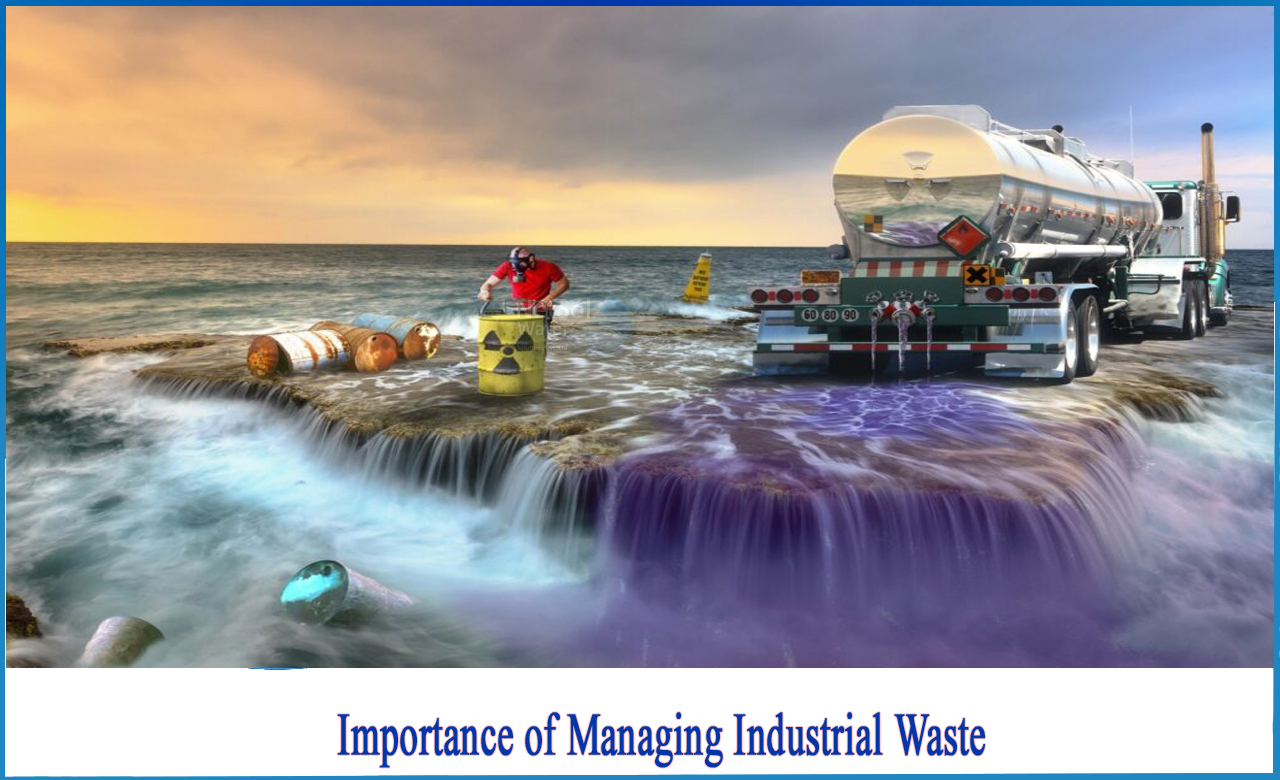8 Easy Facts About Reclaim Waste Explained
8 Easy Facts About Reclaim Waste Explained
Blog Article
Getting My Reclaim Waste To Work
Table of ContentsWhat Does Reclaim Waste Do?Reclaim Waste Can Be Fun For AnyoneNot known Factual Statements About Reclaim Waste Reclaim Waste - The FactsThe smart Trick of Reclaim Waste That Nobody is Talking About
Discover the kinds, occurrences, and kinds of liquid waste. Residential sewer waste refers to the waste and items from a household septic system. This kind of waste is developed by humans in residences, institutions, and various other buildings. This only includes septic systems that have a drain area. The appropriate monitoring and disposal of residential sewage waste call for liquid waste to be moved to a sewage treatment plant where the proper methods and devices are put on purify and deal with waste.
Business waste frequently consists of potential dangers, such as combustible materials or a combination of liquid and solid waste items, and calls for a more innovative and comprehensive disposal procedure. The disposal of commercial waste commonly includes the filtering of waste before transportation to make sure safe and correct disposal. Industrial waste is developed from by-products and drainage of industrial procedures and manufacturing.
This kind of waste can not make use of the same sewage administration transport or procedures as septic or commercial liquids. The industrial waste administration procedure needs the assessment and testing of fluid waste before it undertakes the disposal process (liquid waste disposal). Runoff waste is the liquid waste that comes from overflow and excess stormwater in very populated locations or cities
Runoff waste can trigger contamination and flooding otherwise handled appropriately. Discover more regarding sewage system cleansing and waste monitoring. Making certain proper waste monitoring can prevent disasters and reduce environmental damage. Both people in residential settings and professionals in industrial or production markets can take advantage of understanding the procedures and policies of fluid waste management.
Our Reclaim Waste Statements
Contact PROS Solutions today to learn more about our waste management and disposal solutions and the proper methods to care for the fluid waste you generate.
(https://www.metal-archives.com/users/reclaimwaste1)Do you recognize what takes place to your water when you end, flush the bathroom or drain pipes the washing device? No? Well, it deserves understanding. This supposed 'wastewater' is not only a crucial resource but, after treatment, will certainly be released to our land, rivers or the sea. Used water from bathrooms, showers, baths, kitchen sinks, laundries and industrial processes is called wastewater.

water made use of to cool down machinery or tidy plant and equipment). Stormwater, a form of wastewater, is runoff that streams from farming and city locations such as roofing systems, parks, gardens, roads, courses and rain gutters into stormwater drains pipes, after rain. Stormwater moves neglected directly to local creeks or rivers, ultimately getting to the sea.
An Unbiased View of Reclaim Waste
In Queensland, a lot of wastewater is dealt with at sewage therapy plants. Wastewater is transferred from domestic or industrial websites via a system of drains and pump stations, recognized as sewage reticulation, to a sewage treatment plant.
The Department of Natural Resources recommends city governments concerning handling, operating and maintaining sewerage systems and therapy plants. In unsewered areas, regional governments may call for homeowners to install specific or house sewage therapy systems to treat residential wastewater from commodes, kitchens, washrooms and laundries. The Division of Natural Resources authorises the usage of family systems when they are proven to be reliable.
In some new class, therapy of some stormwater to get rid of clutter, sand and gravel has actually begun making use of gross contaminant traps. Wastewater treatment happens in Get More Information four phases: Gets rid of strong matter.
Wastewater then streams right into big tanks where solids work out and are removed as sludge. Oil and residue are skimmed from the surface. Utilizes little living organisms called micro-organisms to damage down and remove staying dissolved wastes and fine fragments. Micro-organisms and wastes are incorporated in the sludge. Gets rid of nitrogen and phosphorus nutrients that could cause algal blossoms in our waterways and intimidate marine life.
The Buzz on Reclaim Waste
Nutrient elimination is not readily available at all sewer treatment plants due to the fact that it requires costly specialized tools. Clear liquid effluent produced after therapy might still have disease-causing micro-organisms - industrial wastewater treatment.

The majority of wastewater streams into the sewage system. Under the Act, local federal governments administer approvals and licences for environmentally pertinent tasks (Periods) entailing wastewater launches that might have a neighborhood influence.
Facts About Reclaim Waste Revealed
Otherwise, examples are considered research laboratory analysis. Frequently numerous tests are required to establish the degrees of each of the different toxins such as oils, heavy steels and pesticides in water. Monitoring offers accurate info concerning water quality and can confirm that permit conditions are being met. The information acquired with surveillance gives the basis for making water top quality decisions.
Report this page